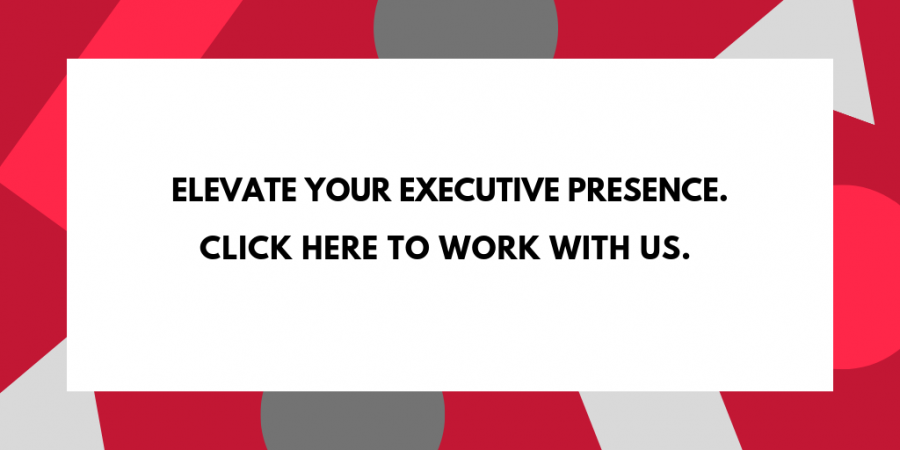
PowerPoint* can be useful or disruptive – and we might even go so far as to say that it can destroy our presentation.
Many of us have been to a presentation that has wowed us with the skillful use of PowerPoint to integrate and share information and ideas. And many of us have been witness to the use of PowerPoint where it has been so disruptive that it derailed the entire presentation. We blame PowerPoint, but in reality, it is our ability or inability to use it constructively that’s the main issue. It’s a tool, like so many others, to be used or abused.
Let’s take a look at the three biggest opportunities for abuse of PowerPoint, and their counterpoints, by using a simple cocktail party analogy.
You are at a snazzy party, sitting at a table enjoying a beverage with two others: your PowerPoint (Pip) and your audience (Ash).
As in most settings, it is normal to look at the person who is speaking. Occasionally, you look to the others for agreement in order to see their reactions, but mostly, you watch and listen to the person speaking. So, let’s apply this to a PowerPoint presentation and see where the destructive and disruptive use of PowerPoint comes into play.
Lesson 1: The Perfect Mix
If you ask Pip to share a cool quote, you don’t repeat or read the quote as Pip shares it. You simply let Ash hear it – or read it – from Pip. It would be just plain annoying if you were to say it aloud while Pip is also saying it. Ash would be trying to take in the quote and think about it while your disruptive voice was talking over her thought process.
Then why, when presenting, do we ask our audience to read the quote on the screen while reading it aloud to them at the same time? It only takes a few seconds for them to read it to themselves. Let them! And then, if we want to reinforce it, read it aloud. If there are visually impaired audience members, of which I am one, the pause, followed by reading the quote aloud, works well.
If the font is so small that most of your audience can’t read it, and you have to read it aloud, then I would suggest that the slide be reconstructed with this in mind – which is fodder for a whole other article. Or, in fact, why not simply add a visual (picture) instead, and then share the quote aloud?
Lesson 2: Shaken, Not Stirred
If you are speaking, you don’t step in front of Pip to connect with Ash. We know that’s just rude! It’s a 3-way conversation. If, by chance, Pip steps away – i.e. you black out the screen – you can certainly simply focus on Ash or even step in where Pip was. When Pip returns, you are back to a 3-way conversation, with due respect to listening and spatial considerations. These things come naturally at a cocktail party, but often seem to elude us in presentation mode.
Lesson 3: Sip and Enjoy
If you suggest that Pip share some interesting facts or statistics with Ash, you don’t give commentary on those stats while Ash is trying listen to – i.e. read and absorb – the info being presented. Though similar to Lesson 1, in this lesson, it’s that side chatter that is trying to enhance the info being given that is very distracting – even annoying. Few of us can concentrate on two things at once. Enjoy the moment to breathe, listen, and observe your audience. You may certainly comment after, and perhaps, tie it all together, but not while it’s being shared.
Simple, but true: PowerPoint can be your greatest tool and partner in a presentation. Make your partner as powerful as it can be. Mind your cocktail party manners and wield your tool thoughtfully. After all, we know the success of the party always comes down to how the company interacts.
* PowerPoint is being used generally to represent visual presentation formats including Prezi, Keynote, slide show, overheard projections, etc.
Hilary Blair with Diana Dresser, Robin Miller, Ailish Riggs, Catherine Sheehan, and Kenny Storms



